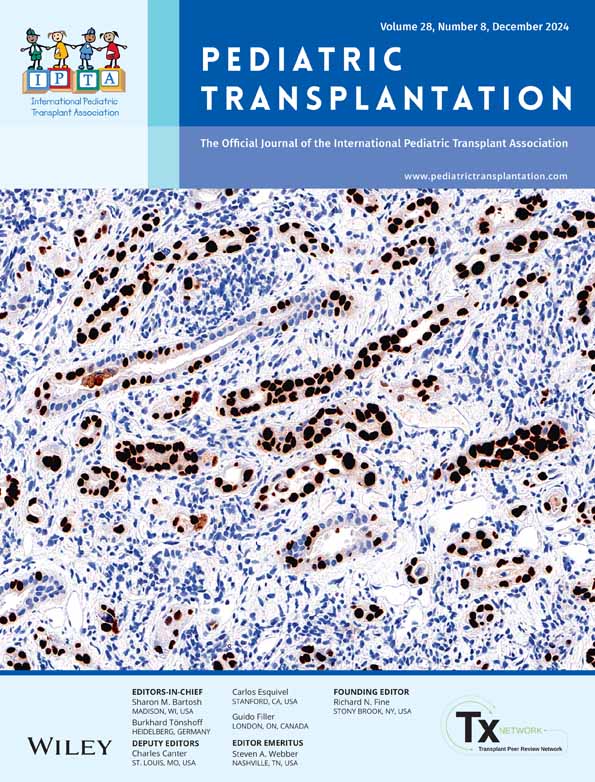Neighborhood-Level Deprivation Impacts Graft and Patient Outcomes Among Pediatric Liver Transplant Recipients
Funding: The authors received no specific funding for this work.
ABSTRACT
Background
The impact of social determinants of health (SDOH) on pediatric liver transplant outcomes has not been extensively investigated. The purpose of this study was to examine the effect of neighborhood-level deprivation on graft and patient survival among pediatric liver transplant recipients.
Methods
This is a single-center observational study among children who received a primary liver transplant from March 1996 to March 2023. The Childhood Opportunity Index (COI) score was used to measure the degree of neighborhood deprivation.
Results
A total of 252 children were included, half (52.8%) were female and the majority were non-Hispanic White (71%). Half (53.6%) of the children had private insurance, and the median COI score was 64. A total of 28 children were transplanted from a very low-to-low COI area. Children in very low-to-low COI areas had worse patient (HR = 4.90, 95% CI = 1.41–17.04, p = 0.01) and graft (HR = 3.41, 95% CI = 1.19–9.75, p = 0.02) survival outcomes compared to children in moderate-to-very high areas when adjusting for clinical characteristics. COI score remained a significant predictor of graft survival after adjusting for race and insurance type (HR = 3.41, 95% CI = 1.12–10.40, p = 0.03).
Conclusions
Pediatric liver transplant recipients from very low-to-low COI score areas have worse graft outcomes when accounting for clinical factors, race/ethnicity, and insurance status. Future research should investigate the impact of multiple, intersecting SDOH factors, rather than solely a collection of isolated variables.
Conflicts of Interest
The authors declare no conflicts of interest.
Open Research
Data Availability Statement
The data that support the findings of this study are available upon request from the corresponding author. The data are not publicly available due to privacy or ethical restrictions.




